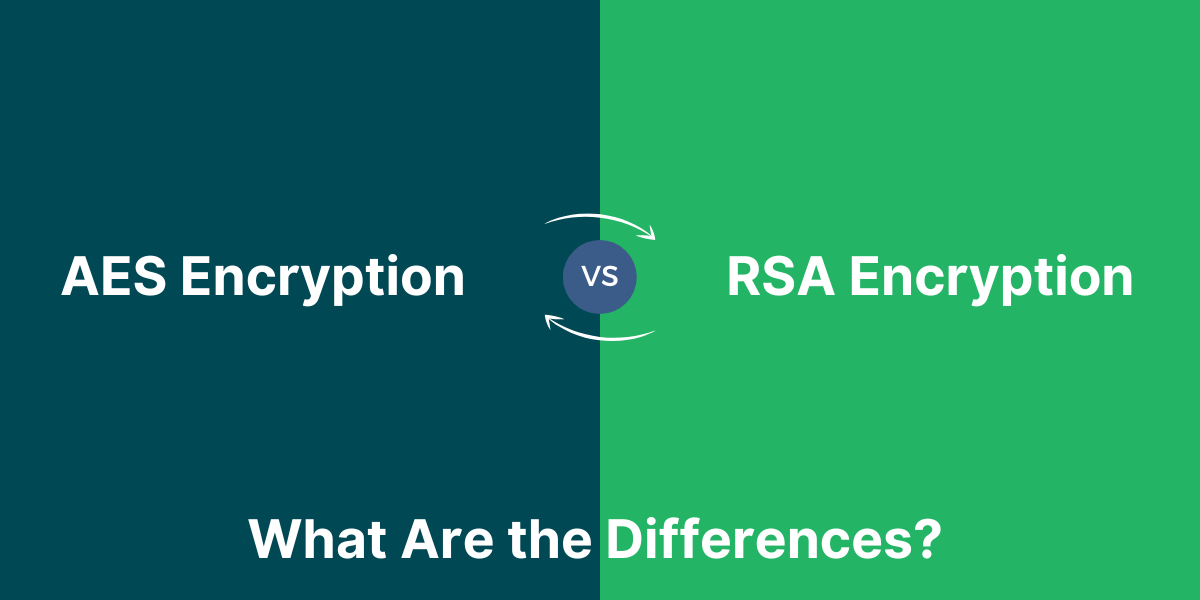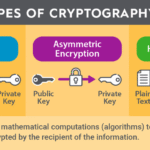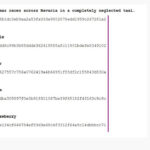In the landscape of cryptography, two titans rise to prominence, each wielding its unique attributes and strategic advantages. RSA (Rivest-Shamir-Adleman) and AES (Advanced Encryption Standard) signify contrasting philosophies within the realm of securing information. RSA offers the intricate dance of public-key cryptography, while AES furnishes a robust symmetric-key encryption mechanism. Understanding these differences is not merely an academic exercise; it has significant implications for data security in our increasingly digital world.
At first glance, RSA appears akin to a grand castle with an elaborate gate. Armed with a pair of keys—one public and one private—RSA allows a sender to encrypt a message using the recipient’s public key, which can only be deciphered by the corresponding private key held securely by the recipient. This architecture supports a spectrum of functionalities, such as secure key exchange, digital signatures, and remote authentication. However, the castle’s strength can sometimes be its weakness, as its security hinges upon the perilous complexity of factoring large prime numbers—a task that is computationally intensive and remains difficult, albeit not impossible, for advanced algorithms.
In contrast, AES symbolizes a fortified fortress, relying on a single secret key for both encryption and decryption. This symmetric-key system operates with remarkable efficiency and speed, allowing large volumes of data to be encrypted in mere moments. The key is not to be shared; it must remain confidential between communicating parties, making it crucial to establish trust in the key exchange process. AES has earned its place as the stalwart guardian of data at rest, often employed in the protection of sensitive information, such as financial records and confidential communications.
While both encryption methods serve the same fundamental purpose—to safeguard information—their operational mechanics and situational appropriateness diverge dramatically. RSA, with its complex key management, excels in environments where communication must happen without prior secure exchanges of keys. This merit makes RSA an invaluable asset for applications like secure email and online transactions, where users may be engaging for the first time. However, the computational overhead associated with RSA encryption frequently renders it impractical for encrypting extensive datasets, incurring latency that could frustrate users accustomed to instantaneous access.
AES, on the other hand, embodies swiftness and efficiency. It operates with various key lengths—128, 192, and 256 bits—each offering progressively stronger security. Notably, the longer the key length, the greater the number of possible keys, exponentially enhancing the encryption’s resilience against brute-force attacks. This scalability and speed make AES particularly favorable in encrypting large files, securing databases, and protecting sensitive government information. Furthermore, AES has been vetted extensively by the cryptographic community, cementing its status as a robust standard that has withstood the test of time.
Considering the respective strengths and weaknesses of RSA and AES, their roles in the digital security ecosystem become clear. RSA becomes essential for establishing secure communications through key exchanges. Once trust is secured, AES often takes the helm, efficiently managing the bulk encryption of transmitted data. It is during this juncture that the two giants converge to create a symmetrical relationship; RSA enables the secure creation of AES keys while AES delivers high-speed encryption of critical data.
This complementary dynamic is found in various security protocols, such as TLS (Transport Layer Security), which utilizes RSA for key exchange and AES for the encryption of the session data itself. Such harmonious collaboration allows for a secure and efficient framework suitable for modern network communications, including web browsing, online banking, and e-commerce transactions.
How does one choose between RSA and AES? The answer depends on the specific requirements and constraints present in a scenario. If the objective is to facilitate secure communications between unknown entities, RSA shines. Conversely, if performance and scalability in handling massive datasets are paramount, AES should take precedence. Additionally, organizations may also consider the evolving landscape of computational capabilities, especially as quantum computing looms on the horizon, threatening the very foundations of classical cryptography.
In summary, the differences between RSA and AES extend beyond merely their technical specifications. They embody distinct philosophies in approaching security—RSA’s social contract of trust against AES’s relentless quest for efficiency. Understanding the interplay between these two paradigms offers a deeper insight into the architecture of modern encryption. As society continues to navigate the complexities of digital transactions and data privacy, the judicious selection and deployment of both RSA and AES can create a formidable bulwark against intrusion, ensuring that sensitive information remains cloaked in a veil of secrecy.
The choice between RSA and AES is not simply a matter of preference; it is a strategic decision that can have far-reaching implications for any organization, individual, or entity operating in today’s digital arena. Through analytical examination, one can aptly appreciate that while RSA stands tall as a guardian of trust, AES marches on as the swift and vigilant protector of data, together forging a formidable alliance against the pervasive threats of the cyber realm.









Leave a Comment